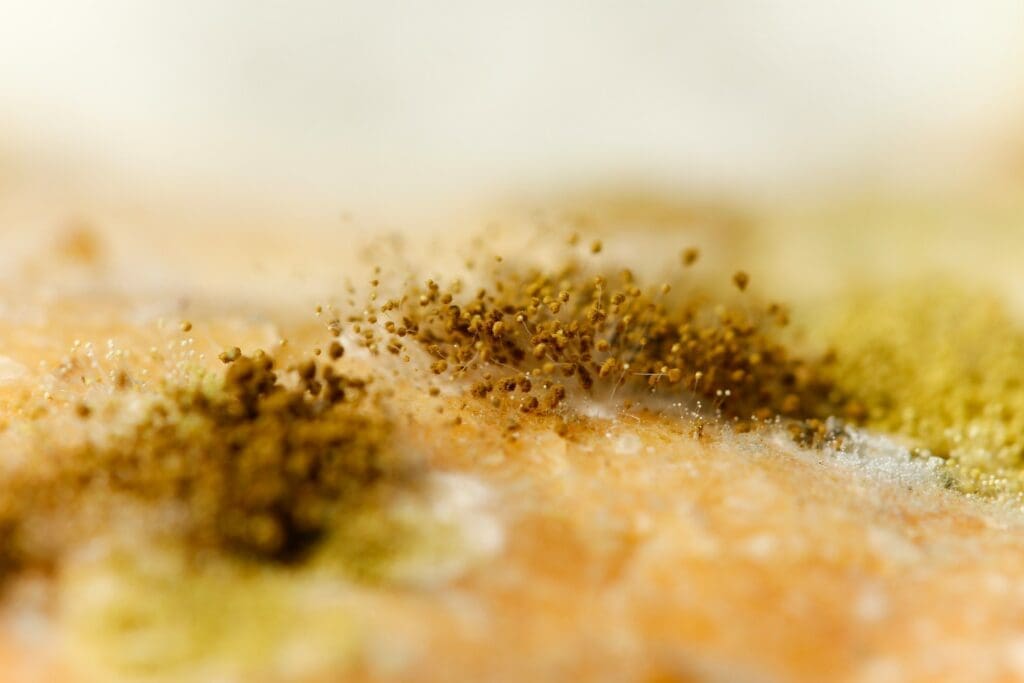The presence of certain mold species in attic spaces can pose serious health risks to occupants and cause significant damage to the structural integrity of your home. As a professional restoration company with extensive expertise in this area, we believe it is absolutely crucial to comprehend how to identify these harmful molds, understand their potential impact, and take the appropriate actions for safe and effective removal.
Mold: An Intruder in Your Home
Mold is a type of fungus that proliferates in moist, damp environments. It’s a common issue in many homes, particularly in areas where ventilation is limited and moisture can easily accumulate. While some molds are harmless and pose no significant threat, others can be hazardous and toxic, causing a range of health issues such as allergies, respiratory problems, and even severe infections. The attic is a common hotspot for mold growth due to its natural propensity for moisture accumulation and typically limited ventilation.
Distinguishing Between Different Species of Mold
There are numerous species of mold, and several of them are particularly dangerous. Here are some of the most common, and most harmful, ones you may find lurking in your attic:
1. Stachybotrys Chartarum (Black Mold): Often referred to as “black mold,” Stachybotrys Chartarum is a highly toxic mold species that poses significant health risks if not promptly addressed. It is usually black or dark green in color, and it has a distinctly slimy texture.
2. Aspergillus: Aspergillus is a common mold found in many households. While it may seem harmless, it can cause serious health problems if inhaled, particularly lung infections which can be severe in individuals with compromised immune systems.
3. Penicillium: Penicillium is a mold species that is often blue or green in color. Exposure to this mold can trigger allergic reactions and instigate asthma attacks in sensitive individuals.
Detecting the Presence of Mold in Your Attic
While it’s helpful to know what dangerous mold looks like, it is often challenging to accurately identify mold species without professional input. However, you can become proactive in spotting the presence of mold in your attic by looking out for the following tell-tale signs:
Odor: One of the earliest signs of mold is a distinct, musty or damp smell. This is often the first indication of a potential mold issue.
Visible Growth: Mold usually manifests as spots or patches on surfaces. It can vary in color, appearing black, white, green, or brown.
Water Damage: Signs of water damage, such as leaks, damp patches, or staining, often indicate the presence of mold.
Immediate Actions to Take if You Discover Mold
If you discover or even just suspect the presence of mold in your attic, it’s imperative to act swiftly and decisively. Here’s what you should do:
1. Do Not Disturb It: Disturbing mold can cause it to release spores into the air, which can be harmful if inhaled.
2. Consult a Professional: Dealing with mold is not a DIY task. Due to the potential health risks and the complexity of properly eradicating mold, you should always consult a professional restoration company if you suspect the presence of mold in your attic.
Remember, safety is the topmost priority when dealing with mold. While identifying potential mold is an important first step, the process of mold removal should always be left to the professionals. This ensures that the task is conducted in the safest, most effective manner possible, thereby protecting the health of all home occupants and preserving the structural integrity of your home.



